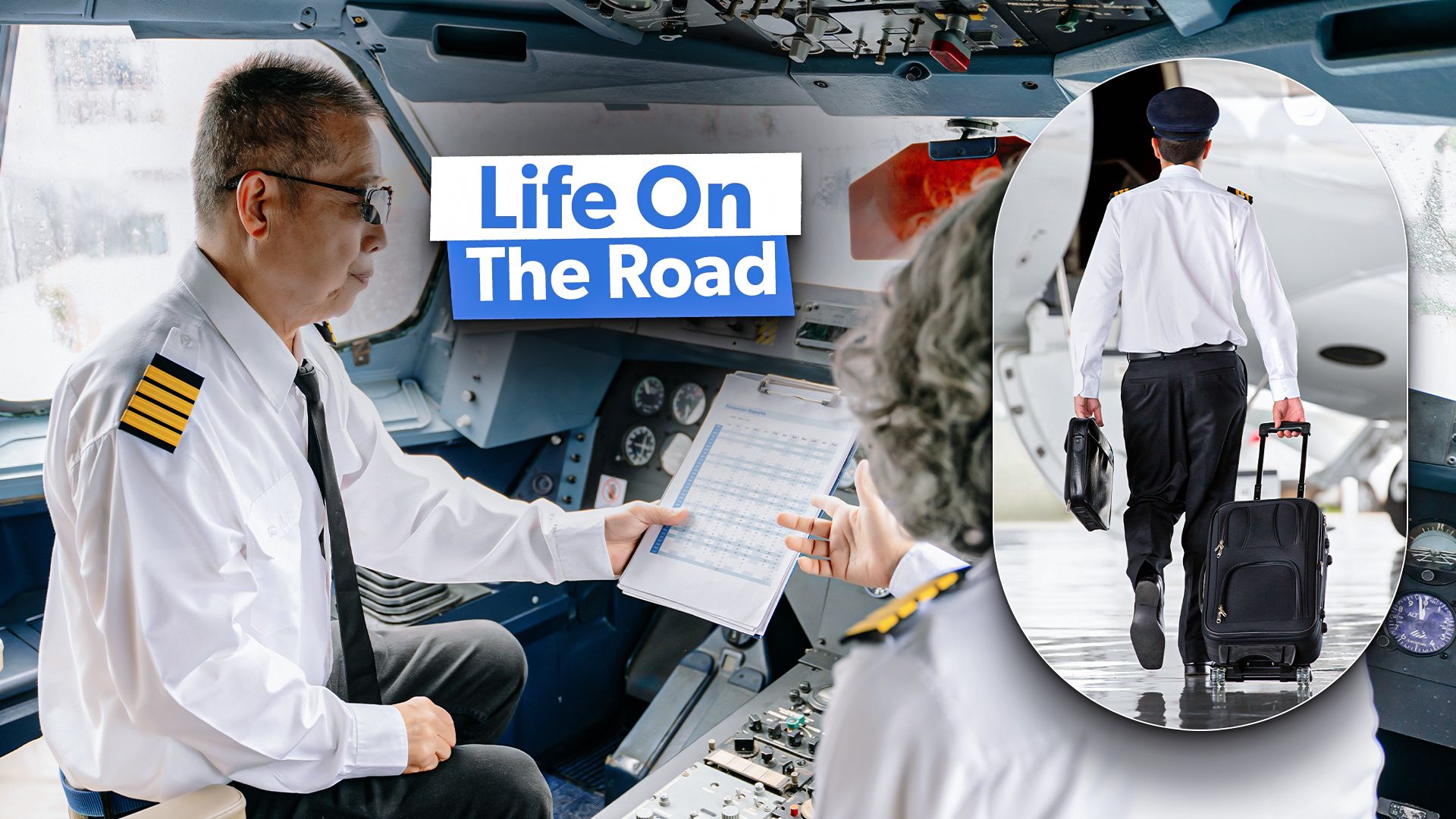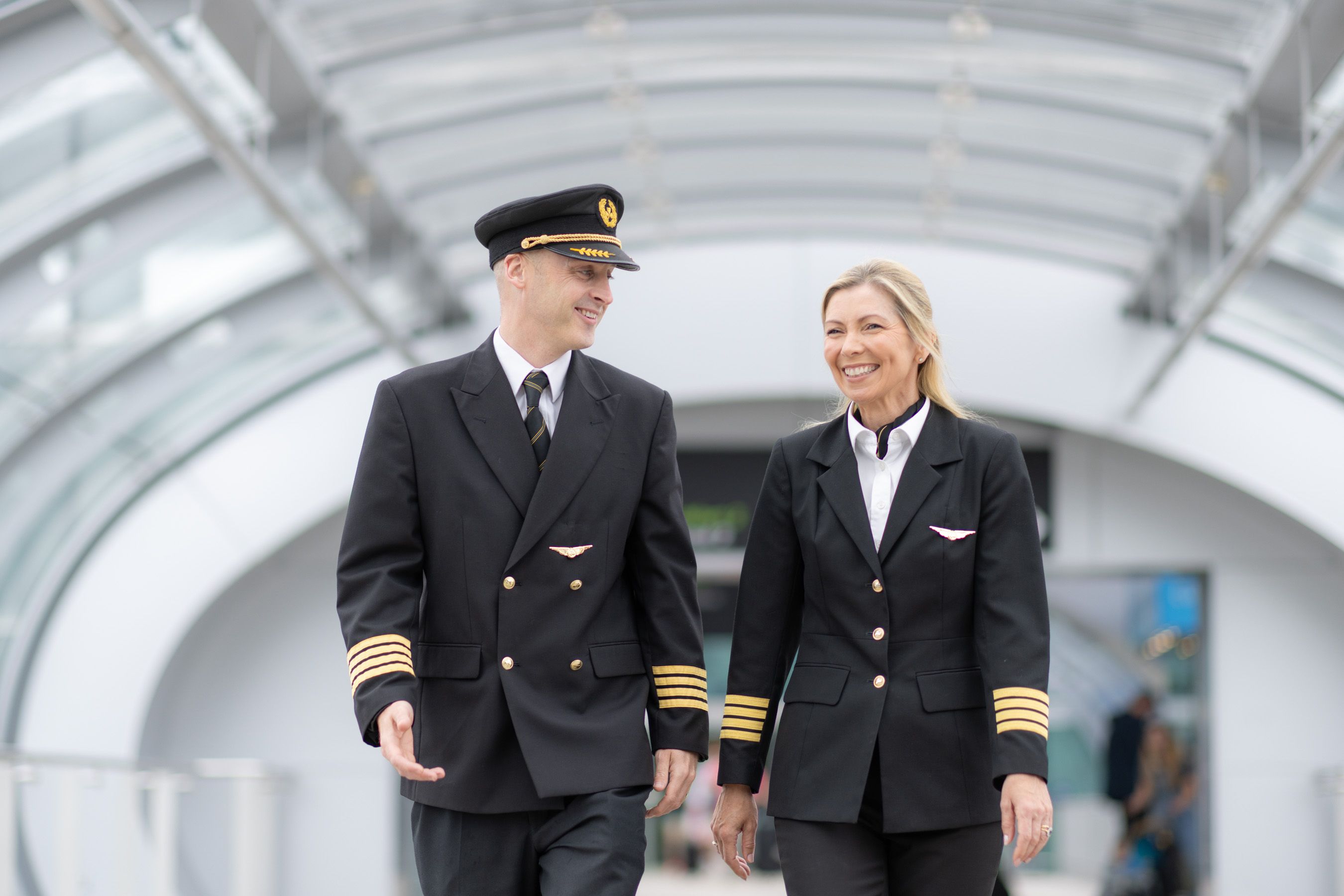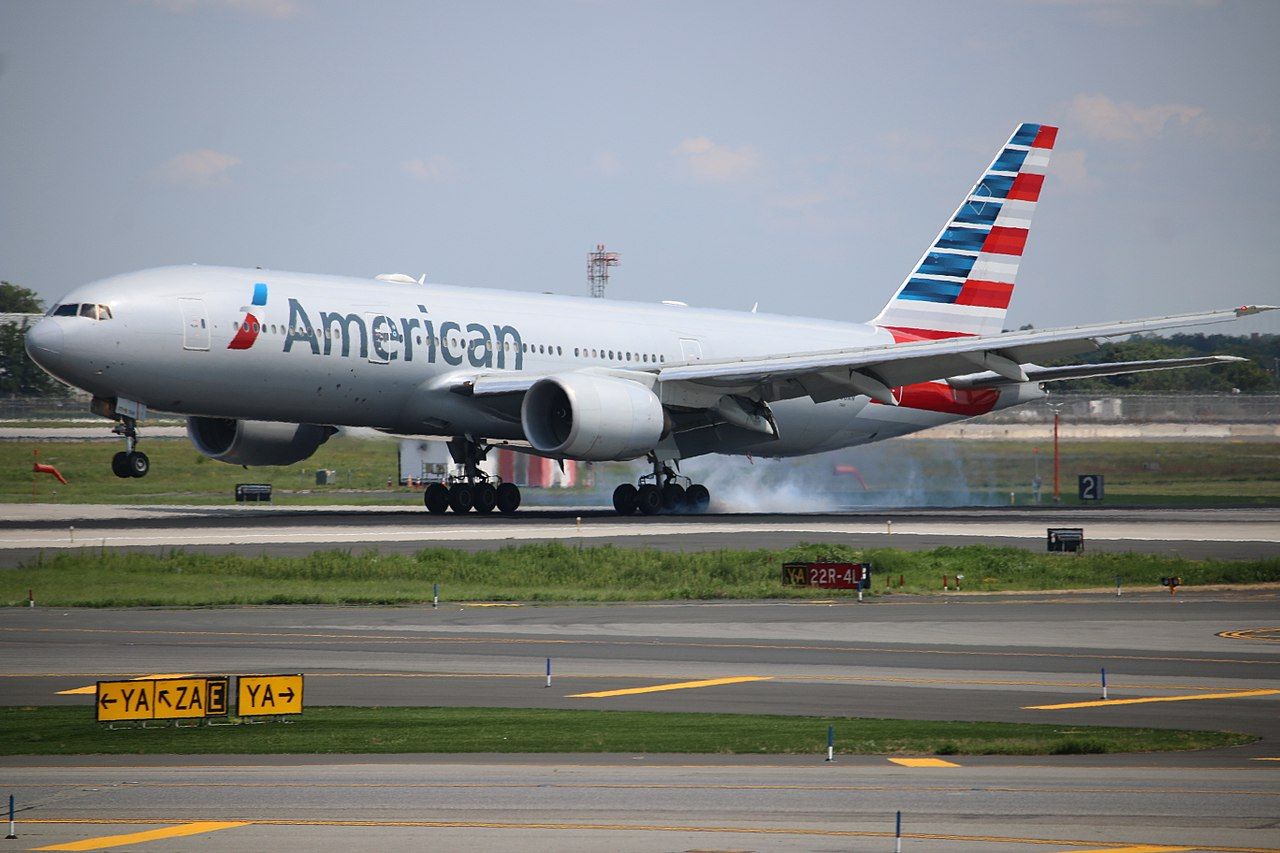Summary
- Cargo and passenger pilots have different scheduling schemes based on nighttime versus daytime flights.
- Cargo trips can range from simple turns to 4-5 day trips with long-haul international tours.
- Passenger trips offer schedules ranging from 1 to 5 days domestic trips, with long-haul trips assigned to crews without a base.
One of the most significant considerations that pilots make when deciding the kind of airline job they want is the length of trips. Flying commercially features a wide array of trip constructions, or the duration and type of flying that an individual flying sequence is built from. Some trips last for a few hours, while others span over half of a calendar month. This article will give insights into the types of trips that airline pilots fly based on who they work for and what kind of flying their airline does.
Cargo versus passenger flying
One of the biggest up-front distinguishers of the types of trips pilots can bid for and be awarded (the word “awarded” is used at many airlines to indicate a pilot has been given an assignment) is whether one works for a cargo or passenger carrier. Cargo flying vastly outweighs airline flying in nighttime and overnight operations simply due to the nature of the business.
The most significant profit margins exist in the overnight shipping market for companies like UPS, FedEx, Prime Air, etc. Next-day deliveries are the driving factor behind cargo’s night-heavy scheduling scheme. Comparatively, narrowbody passenger pilots fly most of their flights between 6 am and midnight. Widebody pilots fly more of the overnight long-haul missions, but these fleets make up the minority of most airlines.
The cargo world
Domestic US cargo trips are generally built with sign-in times around 10:00 pm at the airline’s hub. From there, pilots will fly an overnight flight of varying length, possibly followed by a return flight if the trip is in the three-hour range. Some cargo carriers offer lots of daytime flying that is more similar to regular passenger flying, and the large carriers also have plenty of international trips with augmented crews. Trip lengths for cargo trips can be simple “turns,” or out-and-backs from the hub, or 4-5 day trips.
The biggest difference between cargo and passenger trip construction is when it comes to long, international cargo tours. Many large cargo airlines build trips that require their pilots to fly long-haul deadheads to connect them to their trip. Once in position, the trip can span 14 or more days and cover tens of thousands of long-haul miles.
Cargo pilots who fly weeks-long trips with lengthy deadheads can usually commute on the front and back ends directly from their hometown. This makes not living in-base much easier. Having a confirmed passenger seat to work alleviates all the stress of being a commuter. In addition, long and/or overwater deadheads usually require airlines to seat pilots in premium or first-class cabins. For this reason, cargo pilots make up a measurable swath of high-status flyers on many passenger airlines due to the international first-class tickets purchased on their behalf to get to and from work.
Passenger flying
Working as a pilot for passenger airlines yields a myriad of scheduling potential. Much of what a pilot can bid for is determined on the front end by the airline they work for. One of the most significant factors that pilots consider when selecting their long-term airline job is the types of trips that are available at a particular airline. Major US airlines generally offer schedules with a minimum of 15 days off per month. This is codified contractually and guarantees that a pilot receives 15 days free from work obligations regardless of whether they have a reserve or regular schedule. Typically, regional carriers guarantee fewer days off per month for their pilots (usually bertween 12-15 days).
Photo: Aer Lingus
Airlines use several different methods for constructing schedules. The two most common are “line bidding” and “preferential bidding.” Line bidding allows pilots to review published monthly schedules that have flying pre-sorted into trips. The sum of the trips for a particular schedule is called a line, and the constructed lines are available to bid on for each category (captains and first officers for each fleet the airline flies).
On the other hand, preferential bidding systems allow pilots to indicate their work preferences for the coming months. Pilots can select various markers, such as weekends off, most consecutive days off, layovers in certain cities, etc. These preferences are used to run a company-wide calculation that awards flying on a top-down seniority basis. They build each pilot a schedule that matches their preferences as closely as possible with whatever flying remains when the scheduling software gets to their seniority number. Regardless of the bidding system, very senior pilots can get whatever they want, while junior pilots receive whatever is left. This is why seniority is so essential.
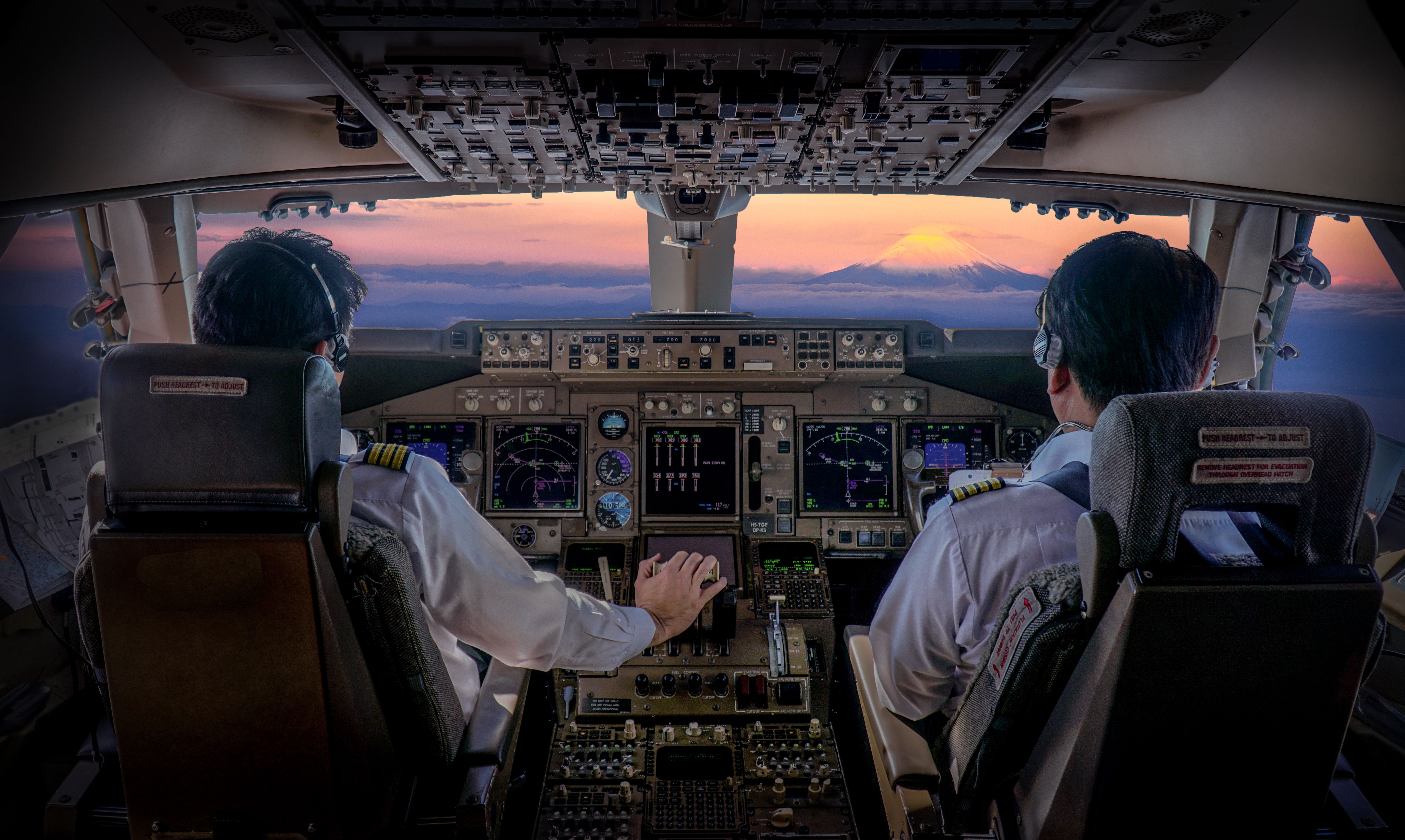
Related
A Pilot’s Guide: The Importance of Seniority & How It Works
An explanation of the most important non-flying topic for professional pilots.
Once schedules are built, airline trips tend to range from 1 to 5 days, with the occasional 6-7 day trip assigned to long-haul crews. Single-day trips are out-and-back turns, popular for pilots who live in-base and can drive to and from the airport on the front and back ends of work. Longer trips ranging from 2 to 5 days are the most standard domestic trips and feature anywhere from 1 to 5 legs of flying in each day.
Trips longer than five days tend to be long-haul-only trips. Scheduling departments build trips for airline pilots in this fashion when a plane flies routes from a city where the airline doesn’t have a crew base for the fleet. For example, Dallas-based pilots are needed to fly the daily Phoenix to London flight on the Boeing 777 since American doesn’t have a B-777 crew base in Phoenix.
Likewise, Delta flies daily to Paris and Tokyo from Los Angeles with Airbus A330s despite not having an LAX A330 pilot base. Therefore, pilots will start from their domicile and deadhead to work, which may result in a 3-4 day trip. They might also fly an outbound long-haul trip from their base to a city such as Phoenix or LA, fly another long-haul from there, and then fly one more leg to their base. This is where the 6-7 day trip construction comes from.
There’s a trip for everyone
Airline trips are constructed anywhere from a single day to weeks at a time. Airlines like Allegiant are famous for seldom overnighting their pilots in hotels, while long-haul, legacy, and cargo airlines could not make money without multi-night trips. The two most significant things that determine which trips a pilot is assigned are the structure of the airline they are employed by and their relative seniority within the pilot group. Outside of this, schedules change month-to-month based on the needs of the airline and the projections that the route planning department makes.
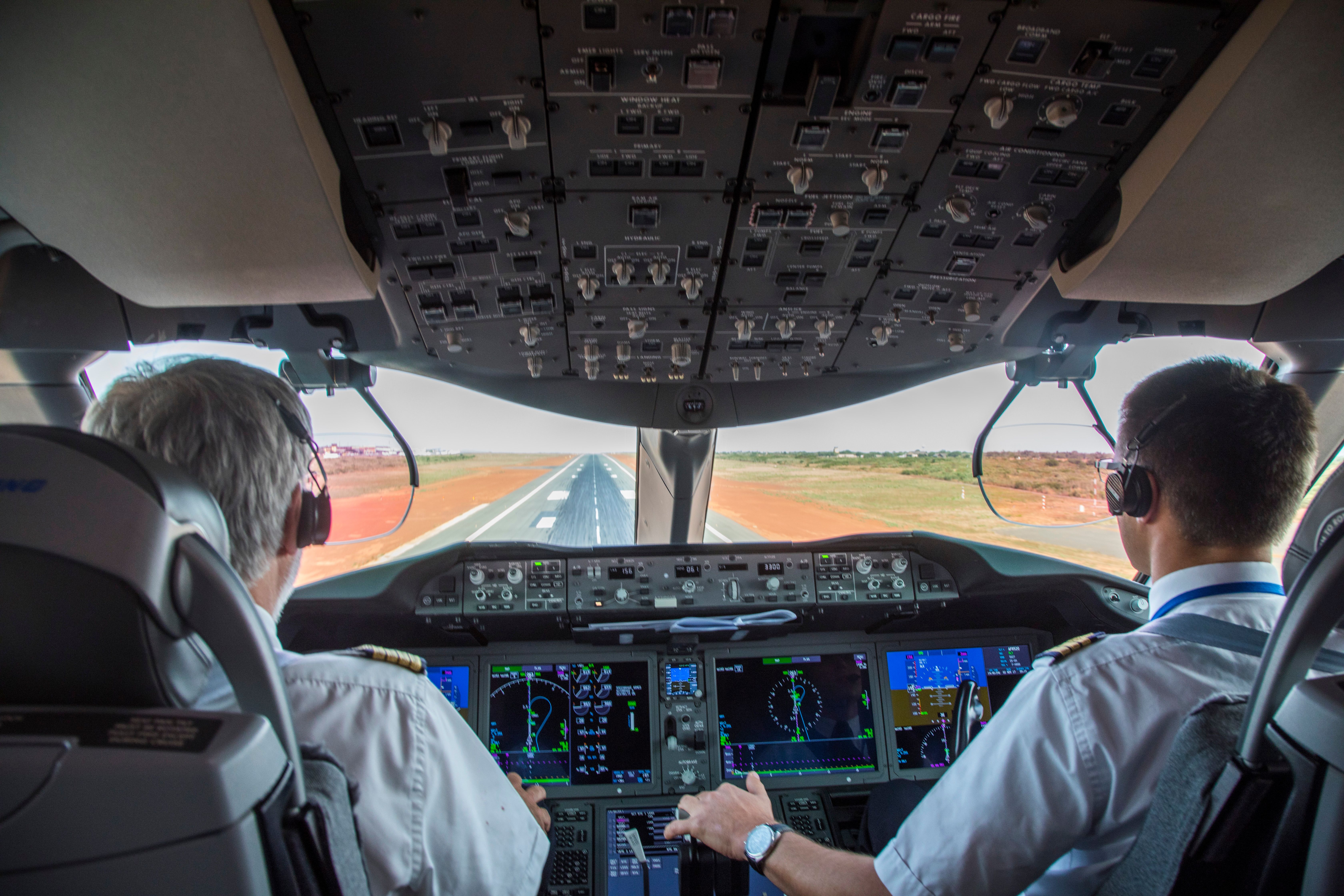
Related
Putting Your Preference Forward: Do Pilots Have Much Of A Say Over The Shifts They’re Assigned?
Understanding the game of schedule tetris.

